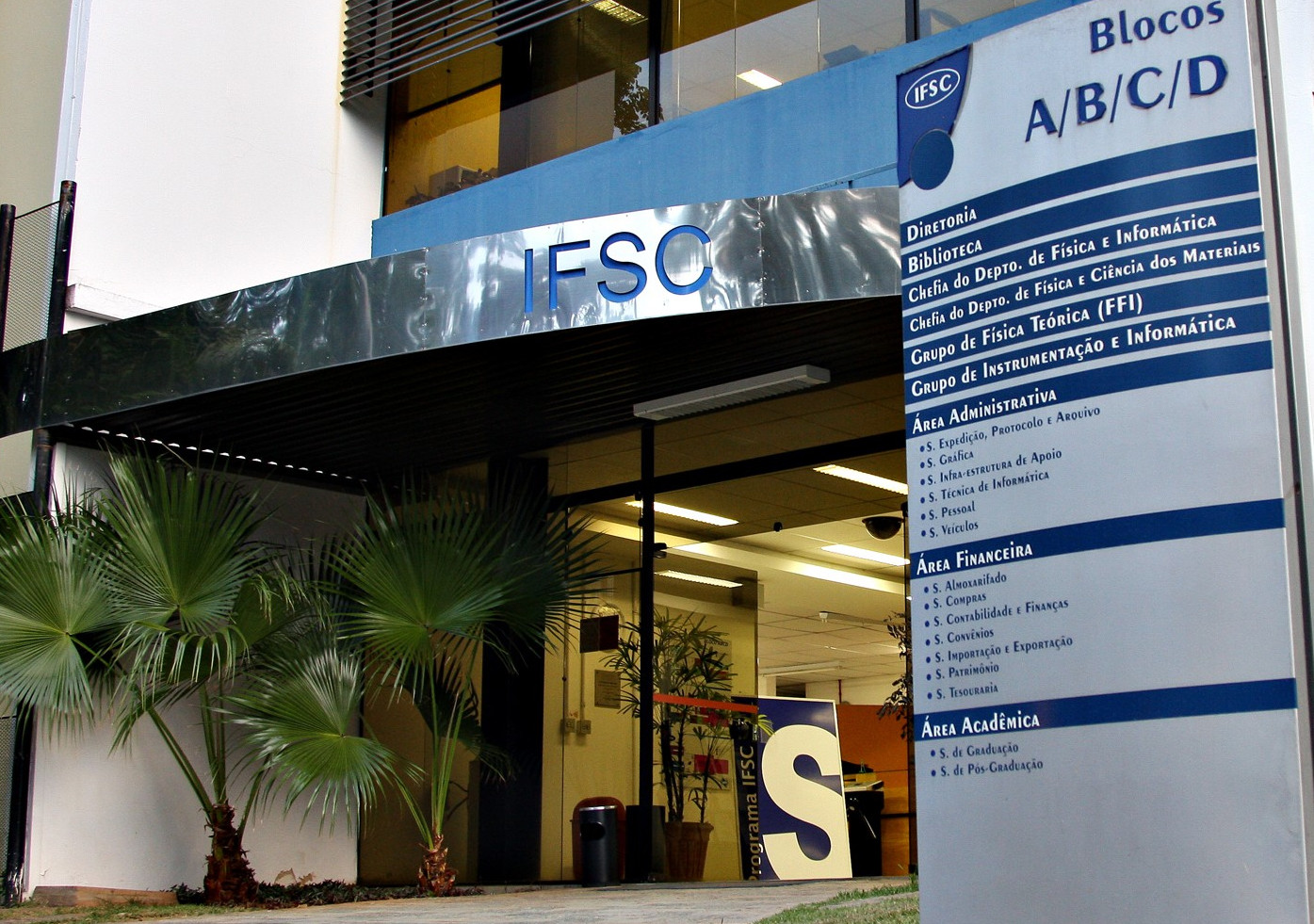 Initially in this talk, the fabrication of an all-printed and flexible biosensor for antioxidants will be described in order to illustrate the techniques and approaches explored by our group in the field of printed bioelectronics [1]. The research work comprised the following steps: i) formulation of an enzyme-containing bioink with both good printability in the large-area, roll-to-roll (R2R) compatible, rotogravure printing method, and preserved catalytic activity after printing; ii) deposition of sub-100 µm Au interdigitated electrodes by inkjet printing; iii) deposition of large-area, patterned, bioactive films onto flexible substrates (PET and PEN); iv) testing of the all-printed device in electrical impedance biosensing. In a second moment, results from two other projects will be discussed. The first project comprises the fabrication of flexible inkjet-printed Au circuits that were used as a biomedical device for the early detection of pressure ulcers on skin [2]. The second project is a current initiative from our group in which electronic components (printed resistor, capacitor and transistor) are being deposited exclusively by inkjet-printing. These components will be further combined to build more complex devices as inverters and (in the long-term) all-printed, low-cost, RFID tags. In general, the aim of the presentation is to illustrate capabilities and interest from the Bernhard Gross Polymer Group in the area of Printed (Bio)Electronics.
Initially in this talk, the fabrication of an all-printed and flexible biosensor for antioxidants will be described in order to illustrate the techniques and approaches explored by our group in the field of printed bioelectronics [1]. The research work comprised the following steps: i) formulation of an enzyme-containing bioink with both good printability in the large-area, roll-to-roll (R2R) compatible, rotogravure printing method, and preserved catalytic activity after printing; ii) deposition of sub-100 µm Au interdigitated electrodes by inkjet printing; iii) deposition of large-area, patterned, bioactive films onto flexible substrates (PET and PEN); iv) testing of the all-printed device in electrical impedance biosensing. In a second moment, results from two other projects will be discussed. The first project comprises the fabrication of flexible inkjet-printed Au circuits that were used as a biomedical device for the early detection of pressure ulcers on skin [2]. The second project is a current initiative from our group in which electronic components (printed resistor, capacitor and transistor) are being deposited exclusively by inkjet-printing. These components will be further combined to build more complex devices as inverters and (in the long-term) all-printed, low-cost, RFID tags. In general, the aim of the presentation is to illustrate capabilities and interest from the Bernhard Gross Polymer Group in the area of Printed (Bio)Electronics.
References
[1] PAVINATTO, F. J.; PASCHOAL, C. W. A.; ARIAS, A. C. Printed and flexible biosensor for antioxidants using interdigitated ink-jetted electrodes and gravure-deposited active layer. Biosensors and Bioelectronics, v. 67, p. 553-559, 2015.
[2] SWISHER, S. L, LIN, M. C.; LIAO, A.; LEEFLANG, E. J.; KHAN, Y.; PAVINATTO, F. J.; MANN, K.; NAUJOKAS, A.; YOUNG, D.; ROY, S.; HARRISON, M. R.; ARIAS, A. C.; SUBRAMANIAN, V.; MAHARBIZ, M. Impedance sensing device enables early detection of pressure ulcers in vivo. Nature Communications, Accepted for Publication, 2015.




